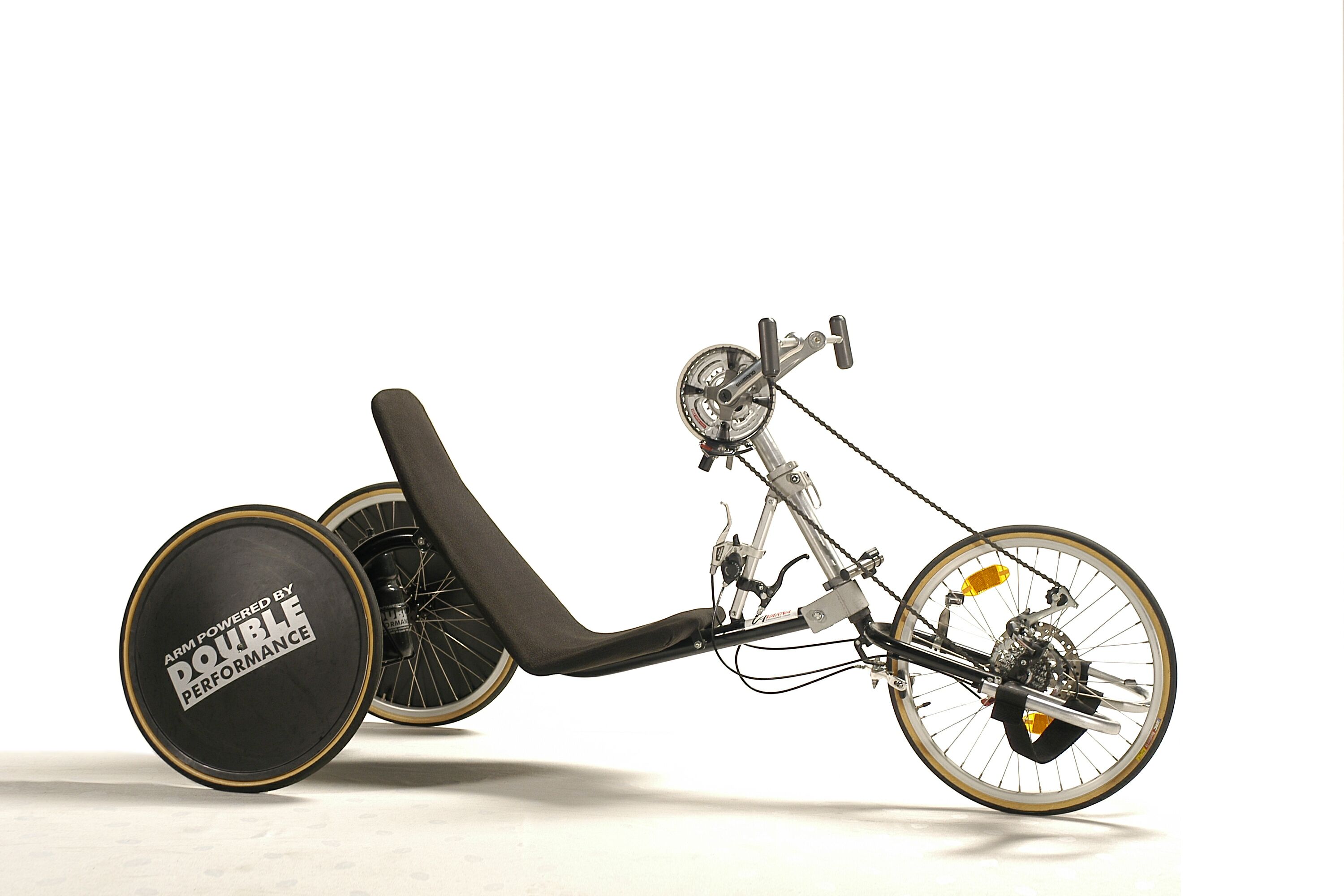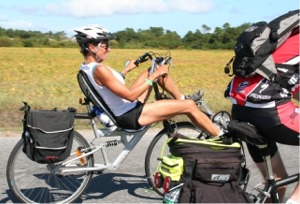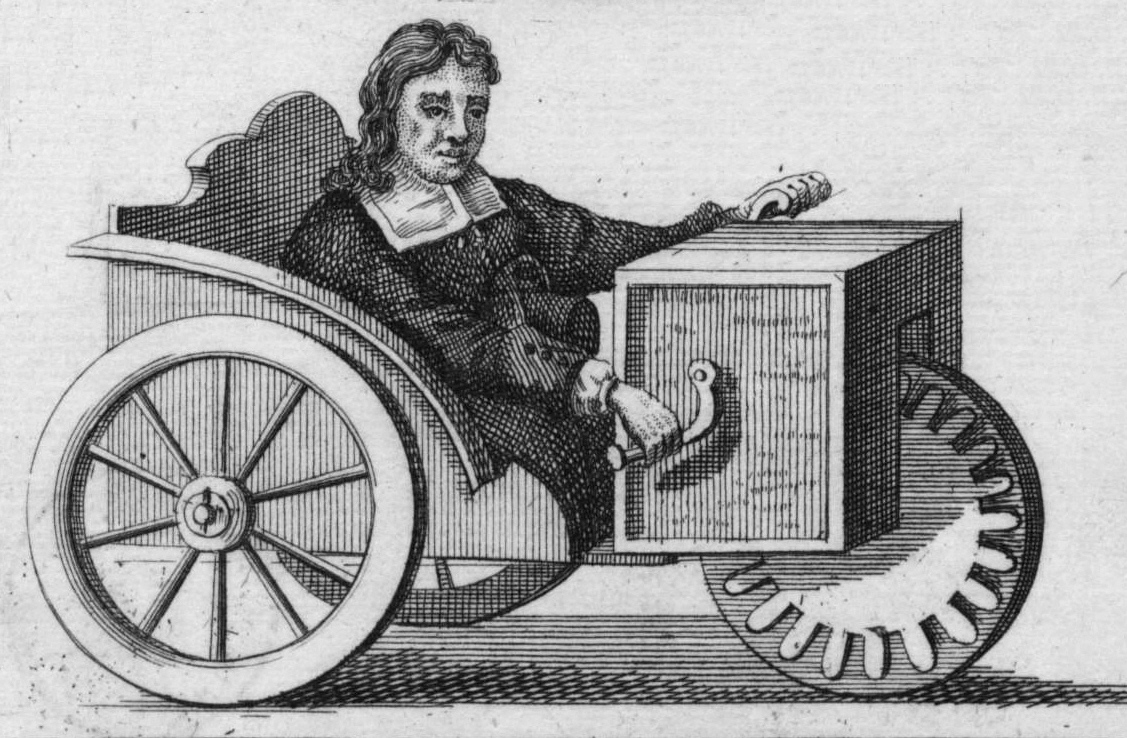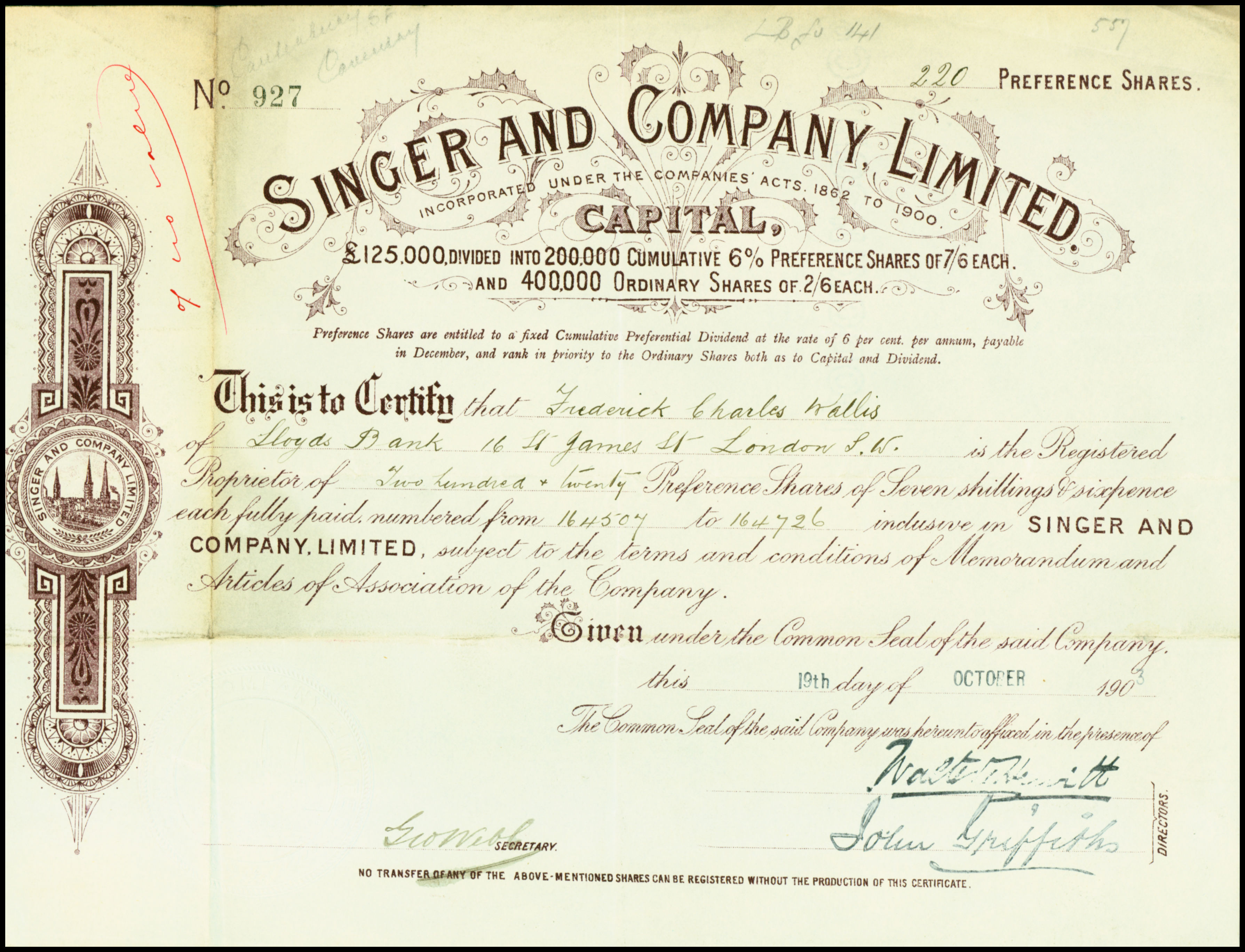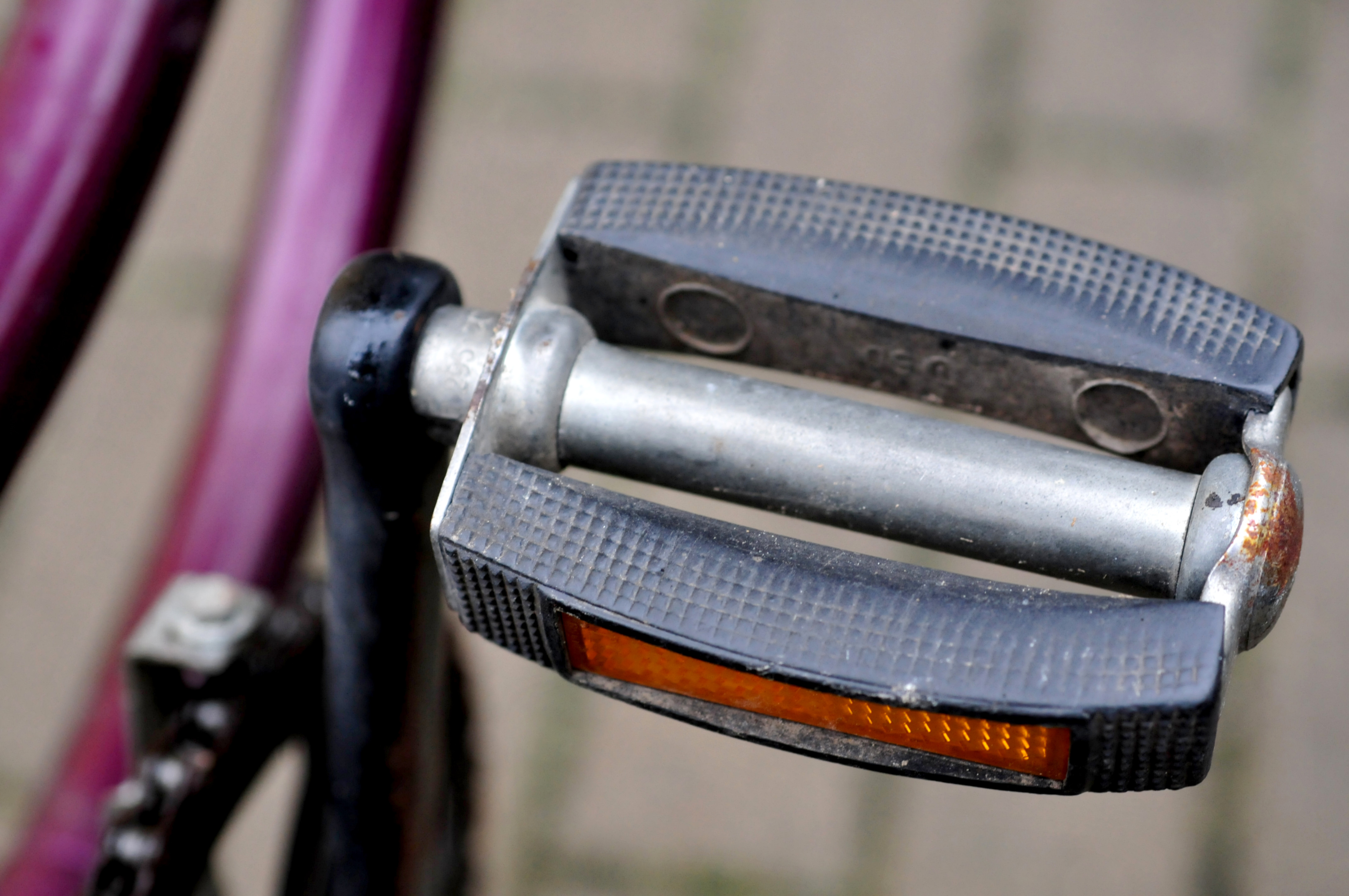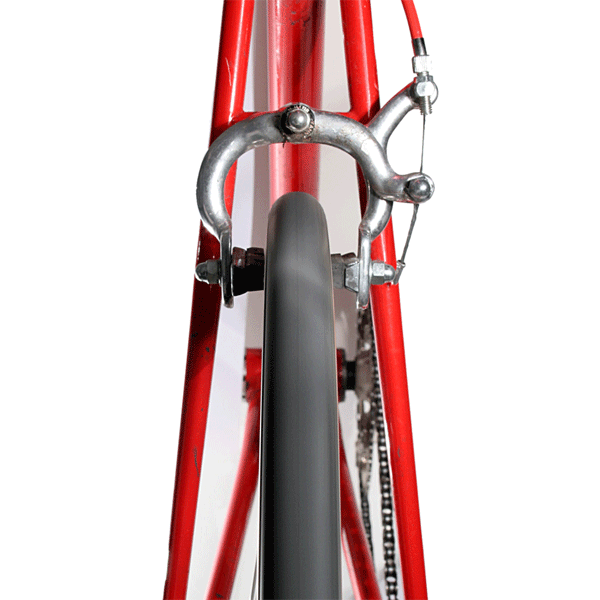|
Handcycle
A handcycle is a type of human-powered land vehicle powered by the arms rather than the Human leg, legs, as on a bicycle. Most handcycles are tricycle in form, with two coasting rear Bicycle wheel, wheels and one steerable powered front wheel. Despite usually having three wheels, they are also known as ''handbikes''. History Stephan Farffler was a Nuremberg watchmaker of the seventeenth century whose invention of a manumotive carriage in 1655 is widely considered to have been the first self-propelled bicycle. He is believed to have been either a Paraplegia, paraplegic or an Amputation, amputee. The three-wheeled device is believed to have been a precursor to the modern-day tricycle and bicycle. Later innovations in handcycle design would be driven by a need to provide transportation for soldiers injured during the American Civil War, and later, the First World War. While Farffler's carriage emerged from his background as a clockmaker, mid-nineteenth century designs would be ... [...More Info...] [...Related Items...] OR: [Wikipedia] [Google] [Baidu] |
Recumbent Bicycle
A recumbent bicycle is a bicycle that places the rider in a laid-back reclining position, and often called a Human-powered_land_vehicle, human-powered vehicle or HPV, especially if it has an aerodynamic fairing. Recumbents are available in a wide range of configurations, including: long to short wheelbase; large, small, or a mix of wheel sizes; overseat, underseat, or no-hands steering; and rear wheel or front wheel drive. A variant with three wheels is a recumbent tricycle, with four wheels a quadracycle. Recumbents can be faster than upright bicycles, but they were banned by the Union Cycliste Internationale (UCI) in 1934. Recumbent races and records are now overseen by the World Human Powered Vehicle Association (WHPVA), International Human Powered Vehicle Association (IHPVA) and World Recumbent Racing Association (WRRA). Some recumbent riders may choose this type of design for ergonomic reasons: the rider's weight is distributed comfortably over a larger area, supported by ... [...More Info...] [...Related Items...] OR: [Wikipedia] [Google] [Baidu] |
Tricycle
A tricycle, sometimes abbreviated to trike, is a Human-powered transport, human-powered (or gasoline or electric motor powered or assisted, or gravity powered) Three-wheeler, three-wheeled vehicle. Some tricycles, such as cycle rickshaws (for passenger transport) and freight trikes, are used for commercial purposes, especially in the developing world, particularly Africa and Asia. In the West, adult-sized tricycles are used primarily for recreation, shopping, and exercise. Tricycles are favoured by children, the disabled, and senior adults for their apparent stability versus a bicycle; however a Three-wheeler#Two rear, conventional trike may exhibit poor dynamic lateral stability, and the rider should exercise appropriate operating caution when cornering (e.g., with regard to speed, rate of turn, slope of surface) and operating technique (e.g., leaning the body 'into' the turn) to avoid tipping the trike over. Designs such as recumbents or others which place the rider lower relat ... [...More Info...] [...Related Items...] OR: [Wikipedia] [Google] [Baidu] |
Singer Motors
Singer Motors Limited was a British motor vehicle manufacturing business, originally a bicycle manufacturer founded as Singer & Co by George Singer, in 1874 in Coventry, England. Singer & Co's bicycle manufacture continued. From 1901 George Singer's Singer Motor Co made cars and commercial vehicles. Singer Motor Co was the first motor manufacturer to make a small economy car that was a replica of a large car, showing a small car was a practical proposition.Anne Pimlott Baker, ''Bullock, William Edward (1877–1968)'', Oxford Dictionary of National Biography, Oxford University Press, 2004 It was much more sturdily built than otherwise similar cyclecars. With its four-cylinder ten horsepower engine the Singer Ten was launched at the 1912 Cycle and Motor Cycle Show at Olympia. William Rootes, a Singer apprentice at the time of its development and consummate car-salesman, contracted to buy 50, the entire first year's supply. It became a best-seller. Ultimately, Singer's business ... [...More Info...] [...Related Items...] OR: [Wikipedia] [Google] [Baidu] |
The New York Times
''The New York Times'' (''NYT'') is an American daily newspaper based in New York City. ''The New York Times'' covers domestic, national, and international news, and publishes opinion pieces, investigative reports, and reviews. As one of the longest-running newspapers in the United States, the ''Times'' serves as one of the country's Newspaper of record, newspapers of record. , ''The New York Times'' had 9.13 million total and 8.83 million online subscribers, both by significant margins the List of newspapers in the United States, highest numbers for any newspaper in the United States; the total also included 296,330 print subscribers, making the ''Times'' the second-largest newspaper by print circulation in the United States, following ''The Wall Street Journal'', also based in New York City. ''The New York Times'' is published by the New York Times Company; since 1896, the company has been chaired by the Ochs-Sulzberger family, whose current chairman and the paper's publ ... [...More Info...] [...Related Items...] OR: [Wikipedia] [Google] [Baidu] |
Wheelchair
A wheelchair is a mobilized form of chair using two or more wheels, a footrest, and an armrest usually cushioned. It is used when walking is difficult or impossible to do due to illnesses, injury, disabilities, or age-related health conditions. Wheelchairs provide mobility, postural support, and freedom to those who cannot walk or have difficulty walking, enabling them to move around, participate in everyday activities, and live life on their own terms. Wheelchairs come in a wide variety of formats to meet the specific needs of their users. They may include specialized seating adaptions, and individualized controls, and may be specific to particular activities, as with sports wheelchairs and beach wheelchairs. The most widely recognized distinction is between motorized wheelchairs, where propulsion is provided by batteries and electric motors, and manual wheelchairs, where the propulsive force is provided either by the wheelchair user or occupant pushing the wheelchair by ... [...More Info...] [...Related Items...] OR: [Wikipedia] [Google] [Baidu] |
Bicycle Pedal
The pedal is the part of a bicycle that the rider pushes with their foot to propel the vehicle. It provides the connection between the cyclist's foot or Cycling shoe, shoe and the Crankset, crank allowing the leg to turn the bottom bracket spindle and propel the bicycle's wheels. A pedal usually consists of a axle, spindle that threads into the end of the crank, and a body on which the foot rest is attached, that is free to rotate on Bearing (mechanical), bearings with respect to the spindle. Pedals were initially attached to cranks connecting directly to the driven (usually front) wheel. The safety bicycle, as it is known today, came into being when the pedals were attached to a crank driving a sprocket that transmitted power to the driven wheel by means of a roller chain. Types Just as bicycles come in many varieties, there are different types of pedals to support different types of cycling. Flat and platform Traditionally, platform pedals were pedals with a relatively large ... [...More Info...] [...Related Items...] OR: [Wikipedia] [Google] [Baidu] |
Phase (waves)
In physics and mathematics, the phase (symbol φ or ϕ) of a wave or other periodic function F of some real variable t (such as time) is an angle-like quantity representing the fraction of the cycle covered up to t. It is expressed in such a scale that it varies by one full turn as the variable t goes through each period (and F(t) goes through each complete cycle). It may be measured in any angular unit such as degrees or radians, thus increasing by 360° or 2\pi as the variable t completes a full period. This convention is especially appropriate for a sinusoidal function, since its value at any argument t then can be expressed as \varphi(t), the sine of the phase, multiplied by some factor (the amplitude of the sinusoid). (The cosine may be used instead of sine, depending on where one considers each period to start.) Usually, whole turns are ignored when expressing the phase; so that \varphi(t) is also a periodic function, with the same period as F, that repeatedly ... [...More Info...] [...Related Items...] OR: [Wikipedia] [Google] [Baidu] |
Bicycle Brake Systems
A bicycle brake reduces the speed of a bicycle or prevents the wheels from moving. The two main types are: #Rim brakes, rim brakes and #Disc brakes, disc brakes. Drum brakes are less common on bicycles. Most bicycle brake systems consist of three main components: a mechanism for the rider to apply the brakes, such as #Brake levers, brake levers or Bicycle pedal, pedals; a mechanism for transmitting that signal, such as Bowden cables, hydraulic hoses, #Rod-actuated brakes, rods, or the bicycle chain; and the brake mechanism itself, a #Rim brakes, caliper or #Drum brakes, drum, to press two or more surfaces together in order to convert, via friction, kinetic energy of the bike and rider into thermal energy to be Dissipation, dissipated. History Karl Drais included a pivoting brake shoe that could be pressed against the rear iron tyre of his 1817 . This was continued on the earliest bicycles with pedals, such as the Boneshaker (bicycle)#Boneshaker, boneshaker, which were fitted with ... [...More Info...] [...Related Items...] OR: [Wikipedia] [Google] [Baidu] |
Crankset
The crankset (in the US) or chainset (in the UK) is the component of a bicycle drivetrain that converts the reciprocating motion of the rider's legs into rotational motion used to drive the chain or belt, which in turn drives the rear wheel. It consists of one or more sprockets, also called ''chainrings'' or ''chainwheels'' attached to the '' cranks'', ''arms'', or ''crankarms'' to which the pedals attach. It is connected to the rider by the pedals, to the bicycle frame by the bottom bracket, and to the rear sprocket, cassette or freewheel via the chain. Parts Cranks The two ''cranks'', one on each side and usually mounted 180° apart, connect the bottom bracket axle to the pedals. Lengths Bicycle cranks can vary in length to accommodate different sized riders and different types of cycling. Crank length is measured from the center of the pedal spindle to the center of the bottom bracket spindle or axle. The larger bicycle component manufacturers typically offe ... [...More Info...] [...Related Items...] OR: [Wikipedia] [Google] [Baidu] |
Derailleur Gears
Shimano 600 front derailleur (1980) A derailleur () is a variable-ratio bicycle gearing system consisting of a chain, multiple sprockets of different sizes, and a mechanism to move the chain from one sprocket to another. Modern front and rear derailleurs typically consist of a moveable chain-guide that is operated remotely by a Bowden cable attached to a shifter mounted on the down tube, handlebar stem, or handlebar. When a rider operates the lever while pedalling, the change in cable tension moves the chain-guide from side to side, "derailing" the chain onto different sprockets. Etymology ''Dérailleur'' () is a French word, derived from the derailment of a train from its tracks. Its first recorded use was 1930. History A modern road bicycle drivetrain with front and rear derailleurs Various derailleur systems were designed and built in the late 19th century. One example is the Protean two-speed derailleur available on the Whippet safety bicycle. The Fren ... [...More Info...] [...Related Items...] OR: [Wikipedia] [Google] [Baidu] |
